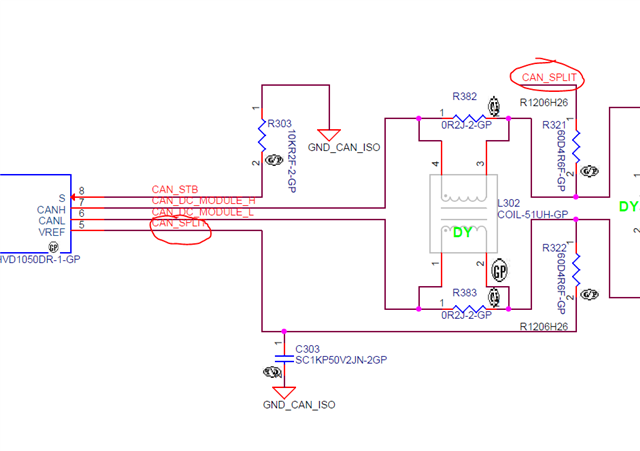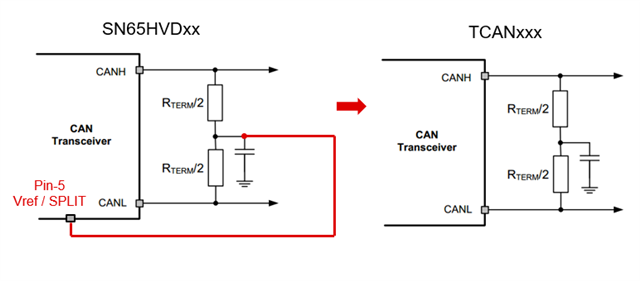Other Parts Discussed in Thread: ISO7760, ISO6760, TCAN1051H, TCAN1057A-Q1, TCAN1051, TCAN1051H-Q1, TCAN1051-Q1
Hi team,
may I know what's the difference between low-K and high-K
my customer don't know which to use to calculate thermal.
is normal FR4 PCB belongs to low-K?





